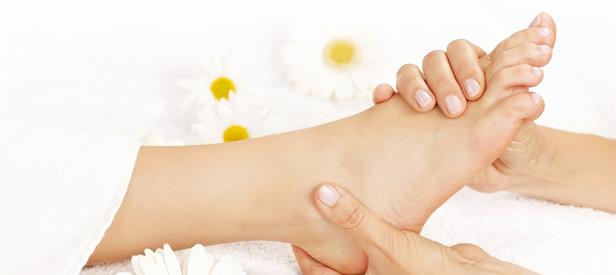The arcuate ligament is a fibrous band that plays an extremely important role in supporting the weight of the body when it is in an upright (standing) position.
In fact, it joins the calcaneus, the bone that makes up the heel, with the base of the toes (metatarsal).
When standing, walking or running the entire weight of the body is distributed between these two structures precisely by means of the arched ligament, which is consequently stressed considerably plantar fasciitis treatment singapore.
In particular, when the heel comes off the ground and the entire weight of the body rests on the metatarsal, as happens for example during running, the stress to which the plantar arch is subjected increases further.
Heel pain and plantar fasciitis
The plantar fasciitis can present as ” heel strikes ” if the source of the pain and inflammation are close to the rear part of the foot, and then the heel; at other times, it affects the sole of the foot diffusely.

The causes of plantar fasciitis can be many:
foot conformation (flat and hollow foot);
overweight;
inadequate footwear;
excessive sporting practice;
muscle contracture;
all are possible risk factors; often, however, it is the combination of several causes that determines the inflammation and the resulting pain.
The stretching , if done properly is a key weapon against the symptoms of this condition: if the pain is mild and the cause of inflammation is transient, the plantar fasciitis may disappear in a few days, with the right to rest and stretching exercises .
In chronic cases it is more difficult to treat, therefore it becomes necessary to resort to medical therapies and sometimes surgery.
In fact, the lack of blood supply and the contracture of the plantar fascia can cause the formation of this small bony outgrowth precisely at the level of its insertion on the heel .
This can happen in all subjects: both those who present a symptomatology (therefore pain under the sole or heel) and in those completely asymptomatic.
stretching
In most cases of painful manifestations affecting the plantar fascia, however, it is possible to solve the problem through the practice of some simple stretching exercises, without the need for real medical therapy. Stretching should be performed twice a day (for example, morning and evening), following a rigorous schedule, just like you would if you are taking a drug. Therefore,itisnotrecommended,especiallyforyoungerpatients,topracticefootball,skiing,horseriding,rugby,etc.







